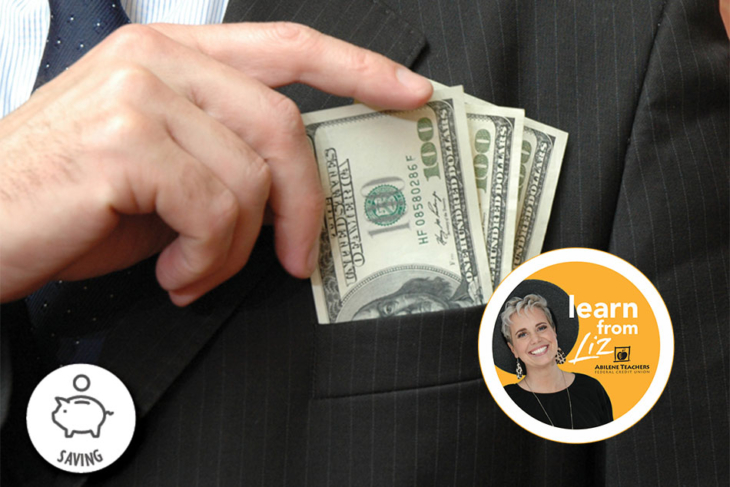12 Steps to Financial Wellness – Step 7: How to Pay Yourself First

Now that you’re managing your money well and you’ve even learned to share the gifts you’ve been given, it’s time to start perfecting the art of saving.
If you have ever watched Parks and Recreation with Amy Poehler, you probably remember all the episodes where Tom and Donna have a “Treat Yo Self” day. Well, paying yourself first is kind of like that but instead of blowing all your money and things you want, you save it. But at the end of the day you will be treating yourself, it will just be down the road a bit and not an immediate ‘treat’.
“Pay yourself first” is a catchphrase that refers to prioritizing your personal savings above other expenses. To achieve it, savings should be a fixed line on your budget that happens every month without fail. I know I have told yall many times before but I have automatic transfers set up every week for savings. Every single week when my husband gets paid money gets transferred to a ‘Christmas account’, ‘long-term savings’, and ‘eating out fund’. When I get paid, I put money in the Christmas savings, eating out savings, and other savings. We have MULTIPLE savings accounts that we ‘pay’ at least once a month, and hopefully more.
Review your spending
Take a clear look at your spending. If you already have a budget, this will be as simple as reviewing the column which lists all of your expenses, including your discretionary spending. If you don’t have a budget, track your spending over several months to identify your primary expenses and to find the average amount of money you spend each month. You can also check out these previous blog posts: Step 1: How to Track Your Spending and Step 2: Creating a Budget.
Set short- and long-term saving goals
Short-term savings, or funds you want to be able to access in the near future if necessary, can be allocated to an emergency fund. Experts advise having three- to six-months’ worth of living expenses set aside in an emergency fund in case of a sudden, large expense and/or loss of employment. Long-term savings should include funds you can afford not to touch for several years or more. Your long-term saving goals can include your retirement, as well as a downpayment on a home, a new car, a sabbatical from work or any other super-big expense. Narrow down your short- and long-term goals, then attach a number to each savings category.
Set a timeline for each savings goal
Now that you have a number for the amount you want to save, you’ll need to work out a realistic timeline for meeting those goals. It’s best to give first priority to your emergency fund, but at the same time, it’s a good idea to start saving for retirement today so compound interest has an opportunity to work its magic. To that end, you may want to allocate the bulk of your monthly savings to your emergency fund until you meet your goal. Once your emergency fund is full, you can divide your savings more evenly between your short-term savings and long-term savings.
Calculate how much you’ll need to save each month
Take your total for each goal, and divide it by the number of months in your timeline. For example, if you’ve decided you want to have an emergency fund of $24,000 established in four years’ time, you’ll divide $24,000 by 48 months to get $500 a month. This is the amount you’ll need to set aside each month to reach your goal in time. Do this for each of your goals. If you do not set a timeline, it will be too easy to ‘forget’ to set aside savings each month.
Automate your savings
Once you’ve got your savings plan ready to go, it’s best to make it automatic. You can set up a monthly transfer from your credit union checking account to your credit union savings account. This way, your savings will grow even when you forget to feed them. If you need help setting up the automatic transfers, check out my ‘Get to Movin‘ blog post. It has step-by-step instructions.
Congrats–you’ve mastered the art of paying yourself first!


